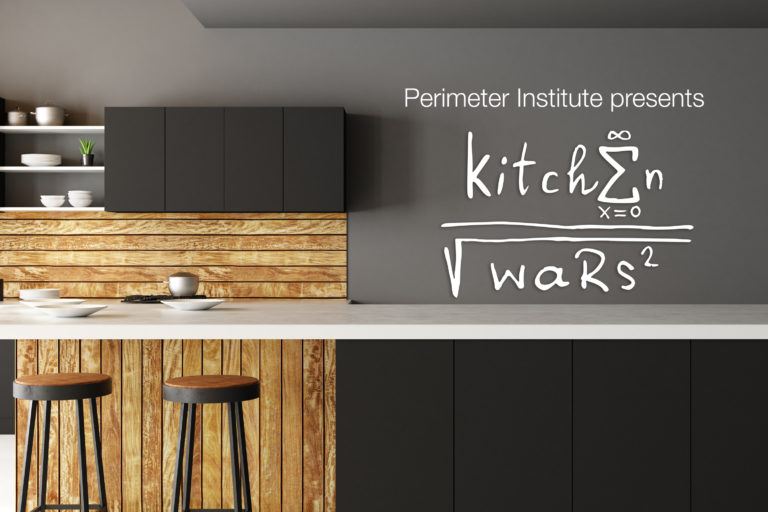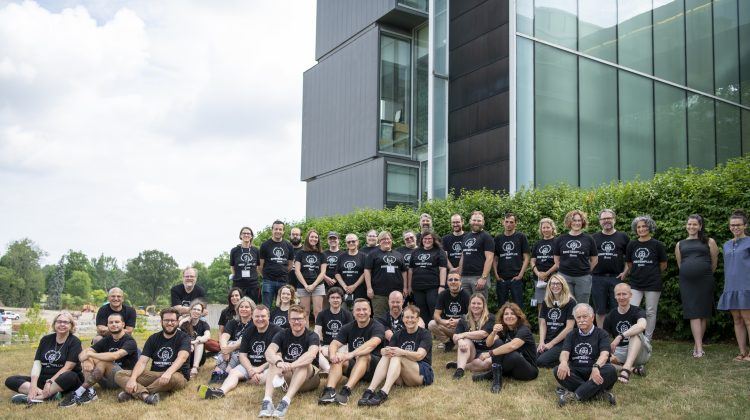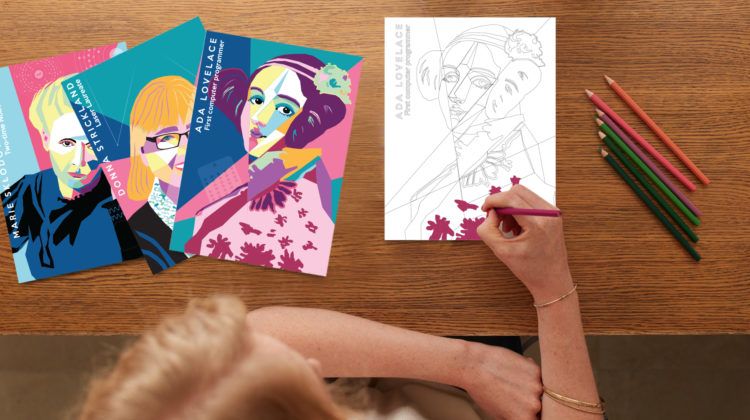
Kitchen Wars is a friendly competition between members of Perimeter Institute’s Teacher Network. We asked teachers to share a video of an innovative homemade demo that teaches science in a fun, hands-on way – and we asked you to vote for your favourite! The prize: bragging rights. In the end, everyone wins when teachers share ways to help students engage with science.
Check out all the fantastic video submissions below, and help spread the word on social media.
Thanks to all the amazing teachers who participated. Find out more about Perimeter’s programs for educators and classroom resources.
#1. Balance centre of mass
Have you ever wondered how those little balancing-bird statuettes work? This video shows how objects balance on their centre of mass using a BBQ skewer, wire, and two washers.
#2. Balloon and string
Why does hair and pet fur stick to clothes? Video uses some rabbit fur, a string, and a few other household items to demonstrate electrostatic attraction.
#3. Capillary action
How does water seemingly defy gravity by travelling upward from a tree’s roots to its highest branches? Check out this household demo of capillary action… in action!
#4. Finding g using a freezer bag
With just a Ziploc-type plastic bag and your smartphone, you can measure acceleration due to gravity. Part Einstein, part MacGyver.
#5. Hearing free fall
Here’s another clever way to determine acceleration due to gravity — this time using a length of ribbon, some simple hardware, and some free audio software.
#6. Homemade Hydrometer
A winemaker demonstrates how to build your own hydrometer — a tool that allows you to measure the density of a liquid (and determine, among other things, the sugar content of a wine in the fermentation process).
#7. The rave of hot particles
How do we know that atoms are moving when we can’t see them, and that some move faster than others? This video uses food colouring to demonstrate that the atoms in hot water move faster than atoms in cold water.
#8. Entropy
Thermodynamics can seem like a daunting topic… until you discover that you can understand it using items in your kitchen. This video will help you understand entropy, and will probably make you hungry.






















































































